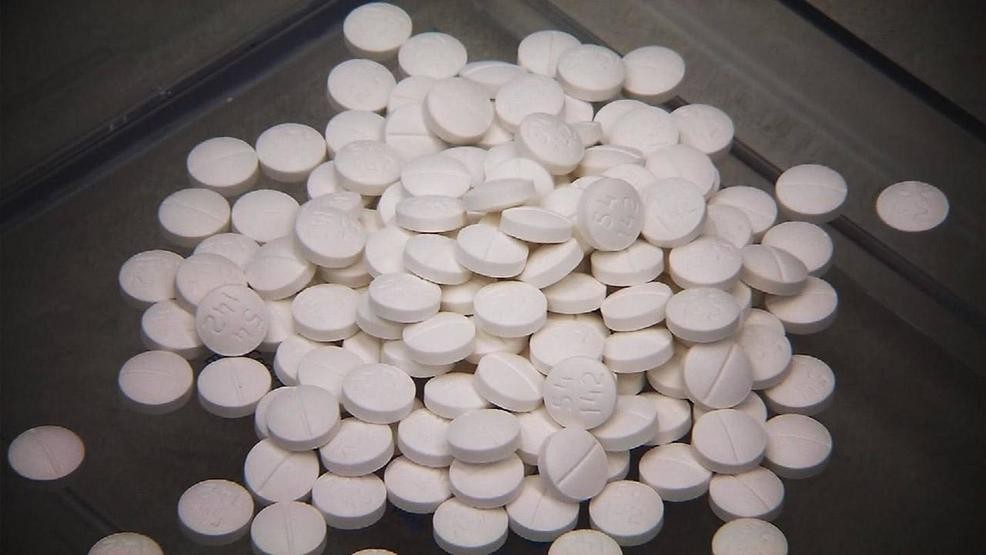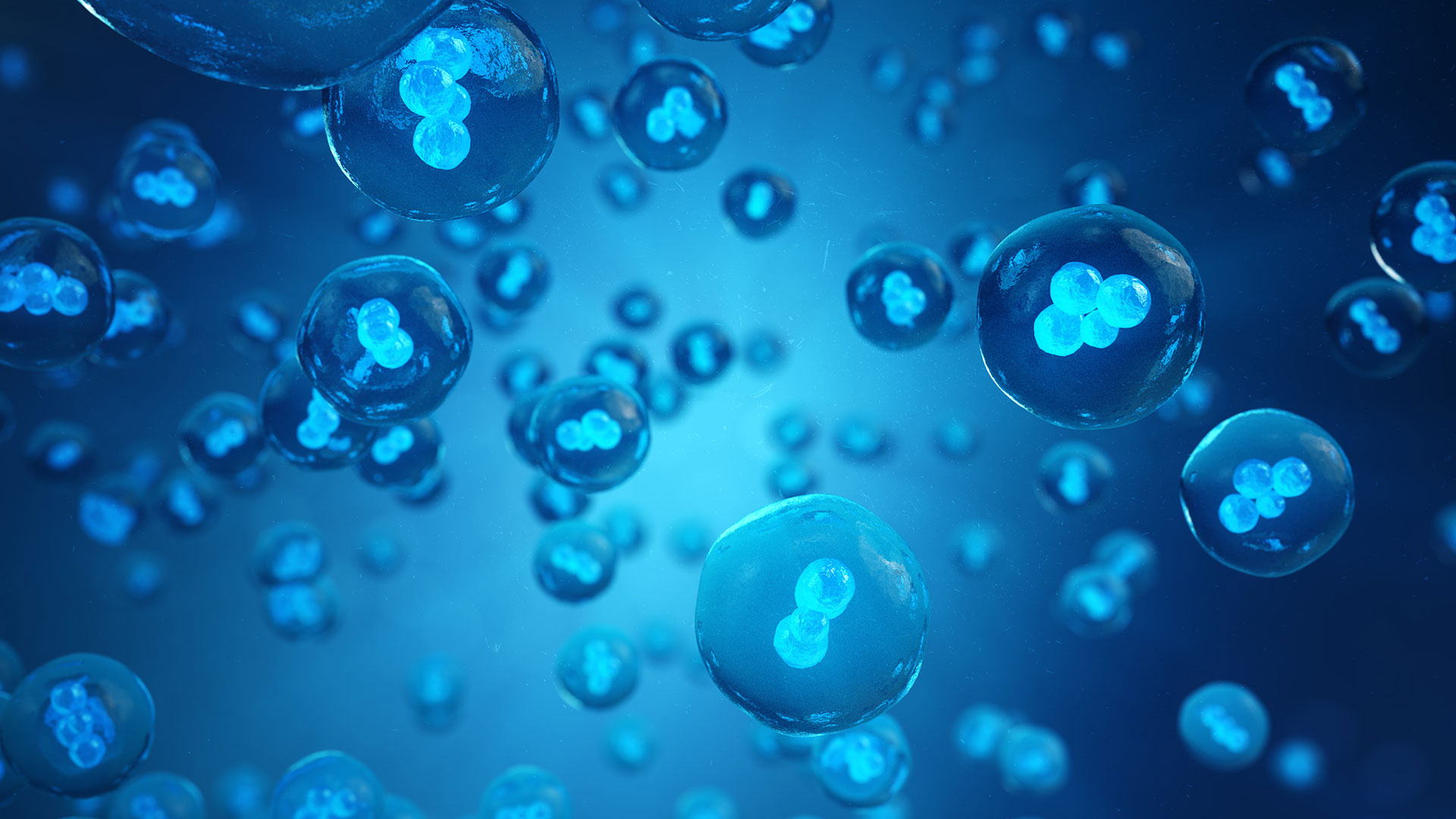What are Stem Cells?
These cells are specialized cells that are critical components in the healing process. They are able to change into a variety of different types of cells based on where they are in the body, creating new bone cells, muscle cells, cartilage cells, fibrous tissue cells, and others.
These cells can be found primarily in the bone marrow inside many bones throughout the body, and they can be extracted, or aspirated, using a needle that is directly inserted into the bone. After a sample of the bone marrow has been extracted, it is then centrifuged, allowing the various components to be isolated from one another.
At this point, the stem cell layer can be removed. Sometimes, these cells are replicated to produce an even greater number of cells before they are injected into damaged tissues in the human body.
What are Spinal Stem Cell Injections?
These injections place stem cells directly into the affected area. Many times, this stem cell treatment is used to address damage caused by degenerative disc disease. This disease can cause the intervertebral discs between each of the vertebra in the back to dry out and crack. When this happens, the discs lose some of their function and are not able to resist compression forces as well.
In some cases, the discs can break down to the point that the gel-like fluid inside the discs can leak out. This leaking fluid can decrease the height of the damaged disc, leading to increased pain with various movements. The fluid and compressed disc can also place pressure on the nerves surrounding the spinal column. Pinched nerves can cause pain and numbness or tingling in the arms and legs.
The idea behind this treatment is that injecting the cells into the damaged discs will allow them to differentiate into cartilage and connective tissue, helping to regenerate the discs and restore their original function. However, this treatment is not as simple as it sounds.
Potential Downfalls of Stem Cell Injections
Dr. Meyer from the Columbia Interventional Pain Center conducted a study on the effectiveness of these injections for spinal disc injuries. After performing this procedure on 24 individuals, he noted that half of them had another spinal procedure within only two and a half years. Then, out of the 12 other patients, three of them reported no pain relief after 12 months. Overall, this shows a success rate of only around 37 percent.
This low success rate illustrates the potential ineffectiveness that this treatment can have. In addition, half of the study participants undergoing further procedures to try to address their pain is a cause for concern.
Even though some pain relief has been seen with a percentage of stem cell therapy cases, the need for subsequent injections after the initial treatment is quite common. Receiving multiple injections can be financially costly and frustrating, especially if the treatments do not provide the expected benefits.
In addition to the frequent ineffectiveness, stem cell injections are also not well regulated when it comes to the sample’s preparation, quality, and concentration. These cells are all processed from the same individual they will be used in. If a person’s immune system is weaker or they do not have healthy cells, inserting these differentiating cells into the spine can have limited benefits or potentially be harmful.
The preparation process can also differ depending on the specific physician performing the aspiration and injection. Differing methods can affect the stem cell concentration of a sample and its effectiveness when used in regenerative medicine.
A further area that is not thoroughly controlled is the accuracy of the placement of an injection. If the injection is placed in the wrong location, it can cause severe side effects. One of the largest of these is unwanted growth in certain areas.
One study noted that the cells have the possibility of spreading outside of the annulus, the outer layer, of the spinal disc. This caused abnormal growth on the outside of the vertebrae, which can lead to side effects similar to those seen with degenerative disc disease in the first place.
Discseel® Procedure: The Better Alternative
This is another type of cell-based therapy, but this procedure utilizes an orthobiologic in addition to the cells. This orthobiologic provides many added benefits to the process that are not seen with a simple stem cell injection.
The orthobiologic portion of the injection contains growth factors that help to generate new tissues and restore function to damaged tissues.
The orthobiologic is a somewhat glue-like substance, and it is naturally produced within the body after an injury occurs. It helps close wounds and seal off damaged tissues from the outside environment so that they can heal without becoming infected. This concept is utilized with this procedure.
When it is injected into a torn or cracked disc that is leaking fluid, it can help to plug up any of the holes on the outer section of the disc. This helps to retain the remaining internal fluid. Sealing the discs traps the biologic stem cell mixture inside the disc as well, allowing it to rebuild broken down tissues in the targeted area without having the opportunity to leak out and cause abnormal growths. The ability of the fibrin to seal off the discs also prevents the need for multiple injections and treatments.
This treatment option carries a very high success rate, even for individuals who had previously tried a different spinal procedure but who did not experience favorable results. In fact, 70% of individuals who had undergone previous spinal treatments experienced relief with this orthobiologic treatment. This success rate is almost twice as high as that of stem cell injections, showing that the Discseel Procedure is a much more reliable and effective treatment option.
https://www.webmd.com/back-pain/news/20130412/stem-cells-to-relieve-low-back-pain#1
https://www.ncbi.nlm.nih.gov/pmc/articles/PMC4737050/
https://drkevinpauza.com/procedures/pauza-disc-treatment.html







